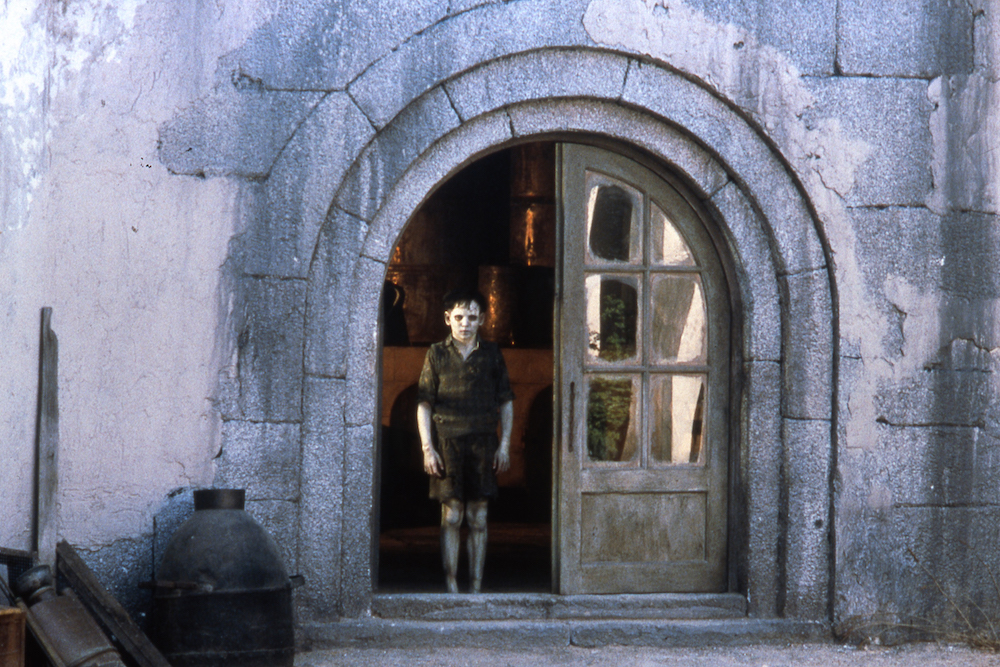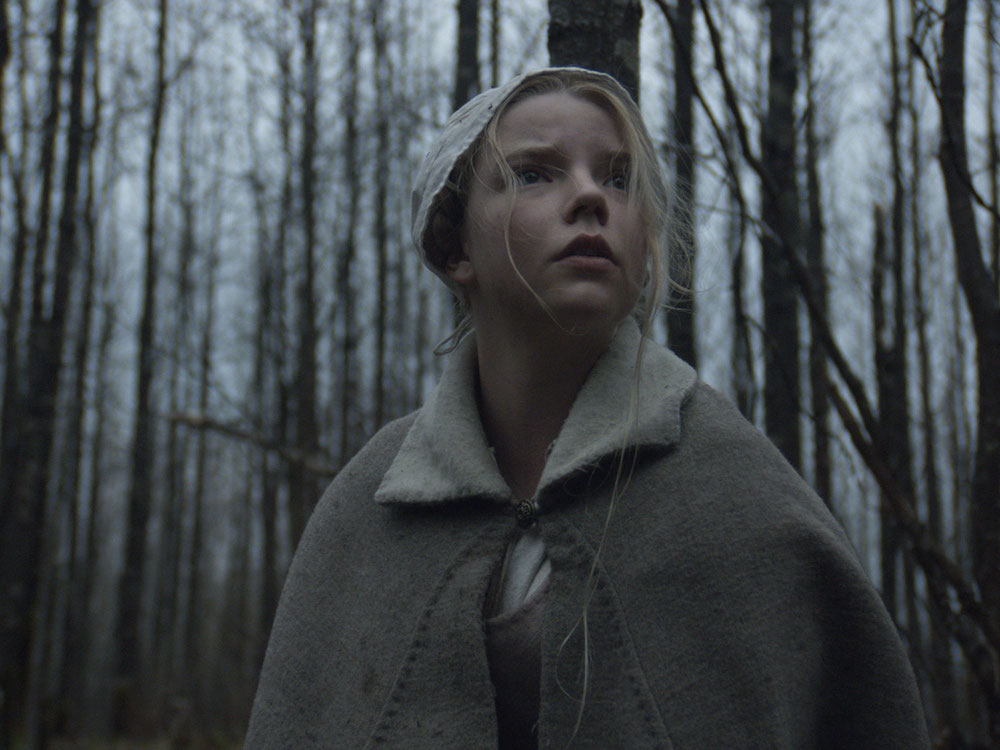Anne Serre’s The Governesses (translated from the French by Mark Hutchinson) is like someone else’s feverish vision, something you shouldn’t be seeing. The tightly crafted prose keeps the hallucinatory qualities in check, and Serre’s coy delivery means nothing is easy to pin down. Monsieur and Madame Austeur hired the three young governesses to enliven their home, but they have since become more than employees; not quite like family, they are mysteriously unshakable fixtures in the domestic realm. So much about this fairy tale of voyeurism moves in strange ways, the plot unfolding in little discrete episodes: the governesses hunting strangers, entertaining suitors, planning a party, teasing the old man across the street. The whole thing has a sense of humor about it, though it’s hard to be sure whom the joke is on. There are no real conflicts, and while you could easily sink your teeth into the nuanced presentations of gender and sexuality, the smooth structure also gives you permission to delight in this eerie novella as much as it delights in itself. —Lauren Kane
I love a good spooky podcast. A couple of years ago, I was addicted to The Black Tapes, a sort of fictional cross between Serial and The X-Files. This year, I’ve started listening to Radio Rental, an anthology series from the creator of the true crime podcast Atlanta Monster. Radio Rental features Rainn Wilson as a man named Terry Carnation who owns a video rental store filled with a variety of mysterious tapes. (I’m sensing a theme in the world of scary podcasts.) Each tape features a real-life horror story or unsettling experience told by the person who lived it, culled from various internet forums. As a person who has spent a lot of time reading websites devoted to the paranormal, it’s fun to hear someone recount a tale I’ve already read on, say, the Glitch in the Matrix subreddit. Are these encounters real? Perhaps. If nothing else, Radio Rental offers an opportunity to experience digitally the old campfire favorite of telling ghost stories. And it wouldn’t be Halloween without a rewatch of “Anything Can Happen on Halloween,” as performed by Tim Curry in the bizarre 1986 adaptation of The Worst Witch, which my sister and I watched every single year of our childhoods. —Rhian Sasseen
In dire need of a spooky film for this week’s staff picks, I turned to Guillermo del Toro’s The Devil’s Backbone (currently streaming on the Criterion Channel), his first feature to tackle the horrors of the Spanish Civil War. Being a longtime fan of del Toro’s work, I came into this film expecting a traditional ghost story subverted, where the haunt acts as a manifestation of trauma, a victim of the living instead of their tormentor. And I knew that just as he did in his masterpiece Pan’s Labyrinth, del Toro wouldn’t shy away from the brutality that stems from the scars of a civil war and the callous greed of fascism. But despite knowing what I was getting myself into with The Devil’s Backbone, I was floored by the deftness with which the film weaves its plot. No image or symbol goes wasted. Even though the film takes place almost entirely in the middle of nowhere, it never forgets to demonstrate how the pressures of the Spanish Civil War haunt the country. When the question that lingers over the entire film—“What is a ghost?”—reappears at the very end, del Toro presents a number of answers. But the clearest answer in my mind, especially considering our current moment, is that history is a ghost. Its haunting isn’t necessarily good or bad but instead something we can learn from to avoid repeating the mistakes of the past. I hope we can let ourselves be afraid for the right reasons. Ghosts may be scary, but fascism is scarier. —Carlos Zayas-Pons
Helen Oyeyemi’s Gingerbread is fantastic in two senses: it is both a stunning achievement and a feat of fantasy. With an eye for strangeness and a skill for suspense, Oyeyemi has been called a modern Edgar Allan Poe, but her interest in fairy tales makes her work distinctly enchanting. And although Gingerbread is a take on “Hansel and Gretel,” it is not a mere reiteration of the familiar tale. The opening lines are almost a declaration of this: “Harriet Lee’s gingerbread is not comfort food. There’s no nostalgia baked into it, no hearkening back to innocent indulgences and jolly times at nursery.” Like the titular treat itself, Gingerbread is not an exercise in nostalgia; it feels more like a strange dream than a lilting story to send you off to bed. In the spooky spirit, I’ve spent the latter half of October sitting inside this novel. It is a a dynamic, energetic read that demands your full participation: you must take its leaps and bounds yourself, feeling what the characters feel, seeing what they see, and experiencing everything as they do. What a delight, to almost smell the sweetness coming off the page. While ambitious and whimsical, the book remains grounded in its story of a mother and daughter who feel almost close enough to touch. Gingerbread is a masterful display of the fantastic, rooted in characters and themes that feel present and charming and real. —Langa Chinyoka
The Witch is a story about unmooring from authority, set amid the heavy skies, barren fields, and drab homespun of seventeenth-century New England. What could be spookier? A group of religious dissenters leaves the old country to live like apostles in the wilds of America. One man dissents from them and is banished from the settlement along with his wife and children. They creak off in an oxcart, tall hats swaying, and pursue the true Gospel from a dim thatch-roofed cabin at the edge of a very dark forest, into which an infant son disappears. Born into exile and thus unbaptized, he is presumed hellbound. Also missing: an heirloom silver cup, the last souvenir of home. Thomasin, the family’s teenage daughter, is blamed by her mother for both losses, and she spends much of the film trying to regain that parent’s favor—the only arbiter of goodness she has left, since England is practically papist, the elders in town are false, and she’s gone and called her father a hypocrite (thereby enacting a timeless teenage rite of passage). With hope of maternal approval fading, Thomasin finds herself alone in a lawless wilderness—which, as Mother well knows, is where the devil will tempt you. —Jane Breakell
from The Paris Review https://ift.tt/3mGzniv



Comments
Post a Comment